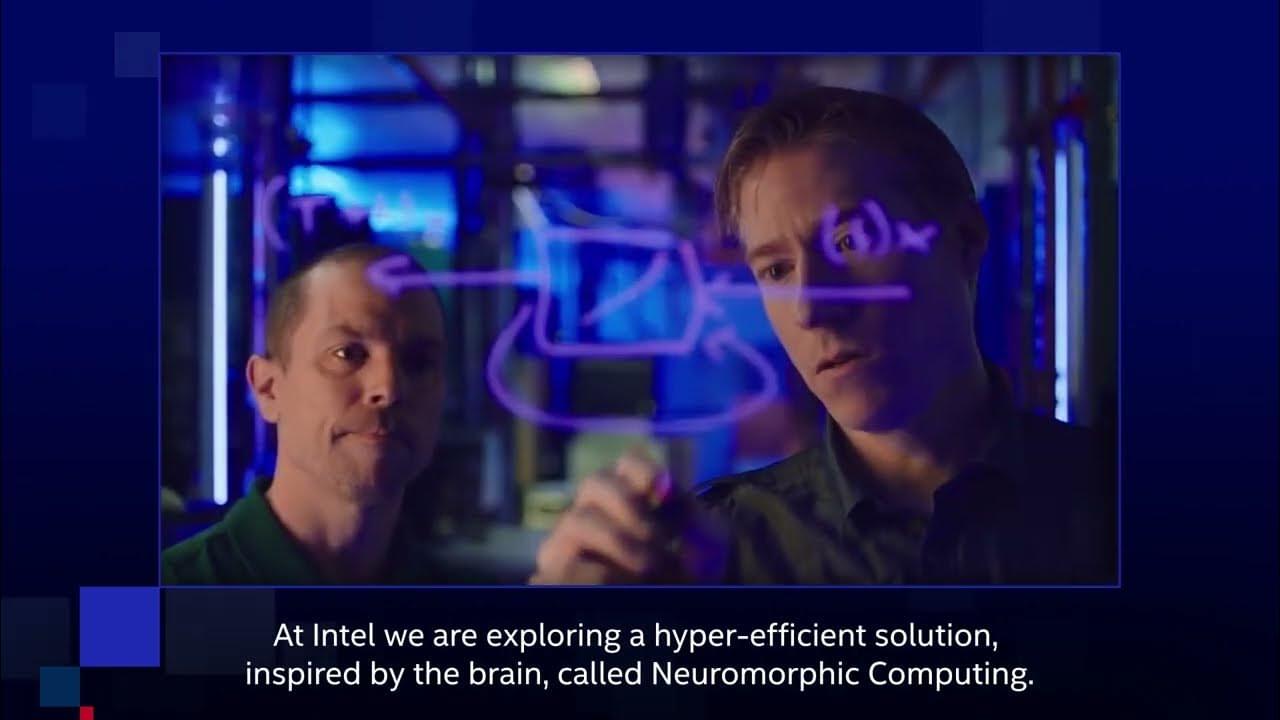Oct 11, 2024
The 7 Stages of AI (And What’s Coming Next)
Posted by Dan Breeden in categories: media & arts, robotics/AI
Enjoy the videos and music you love, upload original content, and share it all with friends, family, and the world on YouTube.

Enjoy the videos and music you love, upload original content, and share it all with friends, family, and the world on YouTube.

Intel utilizes neuromorphic computing, a hyper-efficient solution inspired by the human brain, to address the need for fundamentally new approaches to sustainable artificial intelligence.
About Intel Newsroom.
Intel Newsroom brings you the latest news and updates on world-changing technology that enriches the lives of everyone on Earth. Catch up on the latest innovations in client computing, artificial intelligence, security, data centers, international news and more. Watch recaps and replays from industry events where Intel has a major role, such as Mobile World Congress (MWC), Intel Innovation, the Consumer Electronics Show (CES) and others.
Continue reading “Intel Introduces Hala Point, the Most Advanced Neuromorphic System” »
“Our microwave induction heating technology enables fast and easy preparation of hard carbon, which I believe will contribute to the commercialization of sodium-ion batteries,” said Dr. Daeho Kim.
Can sodium-ion batteries be improved to exceed the efficiency and longevity of traditional lithium-ion batteries? This is what a recent study published in Chemical Engineering Journal hopes to address as a team of researchers from South Korea investigated how microwave induction heating can produce sufficient carbon anodes used in sodium-ion batteries. This study holds the potential to help researchers and engineers better understand how to develop and produce efficient sodium-ion batteries, which have demonstrated greater abundancy and stability.
“Due to recent electric vehicle fires, there has been growing interest in sodium-ion batteries that are safer and function well in colder conditions. However, the carbonization process for anodes has been a significant disadvantage in terms of energy efficiency and cost,” said Dr. Jong Hwan Park, who is from the Korea Electrotechnology Research Institute (KERI) and a co-author on the study.
This chip has speed that defies the light speed barrier while maintaining cool temperatures using a special metamaterial that allows the light particles to go infinitely fast.
Most metamaterial experiments occur in bulk transmission geometries. Here researchers demonstrate integrated in-plane zero-index metamaterials.
SpaceX undertook a planetary defense mission on behalf of the European Space Agency (ESA) on Monday, aiming to provide scientists with tools to prevent future catastrophic cosmic impacts.
The ESA’s Hera planetary defense mission builds on NASA’s 2022 Double Asteroid Redirection Test (DART) mission and will analyze its effects, allowing scientists and engineers to gain a more comprehensive understanding for use in real-world emergencies.
Researchers have developed a new algorithm called L-Mul that could reduce AI energy consumption by up to 95%.
Genetic analysis of cavity crud from two famed man-eating lions suggests the method could re-create diets of predators that lived thousands of years ago.
“What the FBI uncovered in this case is essentially a new twist to old-school financial crime,” Jodi Cohen, the special agent in charge of the FBI’s Boston division, said in a statement. “What we uncovered has resulted in charges against the leadership of four cryptocurrency companies, and four crypto ‘market makers’ and their employees who are accused of spearheading a sophisticated trading scheme that allegedly bilked honest investors out of millions of dollars.”
Liu Zhou, a “market maker” working with MyTrade MM, allegedly told promoters of NexFundAI that MyTrade MM was better than its competitors because they “control the pump and dump” allowing them to “do inside trading easily.”
An FBI spokesperson told CoinDesk that there was limited trading activity on the coin but didn’t share additional information. On a Wednesday press call, Joshua Levy, the acting US attorney for the District of Massachusetts, said trading on the token was disabled, according to CoinDesk.
In the quantum world, materials called “altermagnets” behave in unique ways that could pave the way for new technologies.
This unique magnetism makes altermagnets highly promising for the development of new spintronic and electronic devices. It also opens new possibilities for the study of topological materials (i.e., systems with unique electronic properties originating from their electronic structure’s topology).
Researchers at Stony Brook University carried out a study aimed at better understanding the nonlinear response of planar altermagnets. Their paper, published in Physical Review Letters, reports the observation of a non-linear response in these materials derived from their quantum geometry.

Enjoy the videos and music you love, upload original content, and share it all with friends, family, and the world on YouTube.
